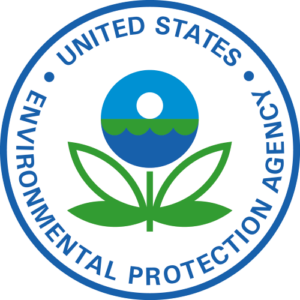
INGAA member companies transport more than 90 percent of the nation’s natural gas, through some 200,000 miles of interstate natural gas pipelines. INGAA member companies operate over 6,000 stationary natural gas-fired spark ignition IC engines and 1,000 stationary natural gas-fired combustion turbines, which are installed at compressor stations along the pipelines to transport natural gas to residential, commercial, industrial and electric utility customers. Many natural gas transmission and storage (T&S) facilities are already subject to the Mandatory Reporting Rule under Subpart C, “General Stationary Fuel Combustion Sources.” These facilities and additional T&S facilities will be affected by the Proposed Rule requirements in Subpart W.
INGAA member companies have taken a proactive role on greenhouse gas emissions, including supporting development of the INGAA document, Greenhouse Gas Emission Estimation Guidelines for Natural Gas Transmission and Storage. The INGAA GHG Guidelines present emission estimation approaches for natural gas transmission and storage systems. INGAA has also completed a cooperative effort with other natural gas trade associations to review currently available GHG emission factors, and INGAA and its members continue to pursue projects to improve GHG emission factors and estimation methods for natural gas systems.
As discussed in detail in the attached comments, EPA’s decision to exclude Subpart W from the October 2009 final Mandatory Reporting Rule provided the opportunity to improve upon the original Subpart W proposal from April 2009. INGAA supports a number of facets of the April 2010 Proposed Rule. However, INGAA still has concerns with the proposed Subpart W, including the need for an applicability screening method, prescriptive criteria that should be replaced with flexibility for measurement and monitoring requirements and emission factor updates, unnecessary requirements for annual three mode testing of reciprocating compressors, the potential for unacceptable safety risk to conduct vent measurements, and the need for a phased approach to rule implementation.
INGAA comments document support where appropriate and recommend solutions to outstanding issues. Through these comments and cooperative ongoing dialogue with EPA, INGAA believes that a final rule is achievable that meets EPA’s reporting and policy objectives while ensuring safe, reasoned, and technically-sound regulatory requirements that clearly and succinctly afford compliance certainty to INGAA members.







